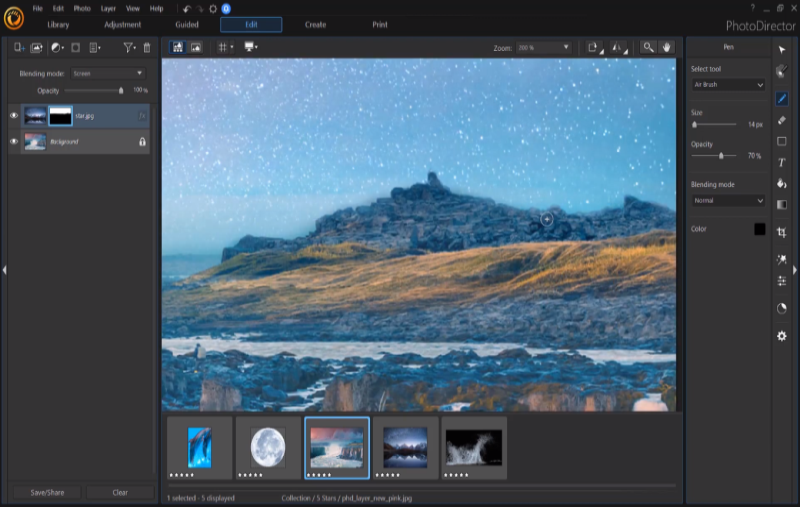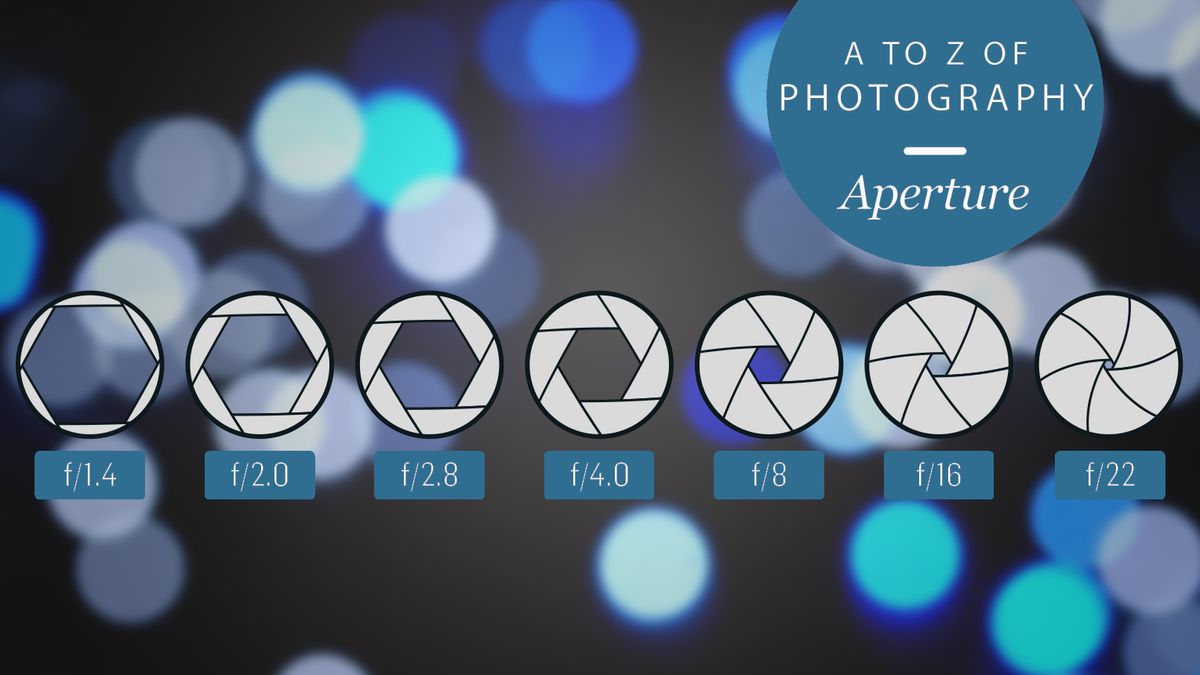
We highlight examples of the potential for such imaging capabilities to enable advances in SHM from space, focusing on dams and cultural heritage areas. We highlight that, when external data such as rain or temperature records are available or simple elastic models can be assumed, the SAR-based SHM capability can also provide an interpretation in terms of assessment and prediction. We show how by using multiple-geometry SAR-based products which exploit both phase and amplitude of the SAR signal we can address the main objectives of an SHM system including detection and localization. To illustrate this capability, we present results from COSMO-SkyMed (CSK) and TerraSAR-X SAR observations applied to the remote sensing of engineered structures. The all-weather multi-temporal characteristics of SAR make its products suitable for SHM systems, especially in areas where in situ measurements are not feasible or not cost effective. Constellations of SAR satellites with short repeat time acquisitions permit detailed surveys temporal resolution and millimetric sensitivity to more » deformation that are at the scales relevant to monitoring large structures. During the last decade there has been a growing interest in using several remote sensing techniques, such as synthetic aperture radar (SAR), for SHM. The aim of an SHM system is to provide insights into possible induced damage or any inherent signals of deformation affecting the structure in terms of detection, localization, assessment, and prediction. Typically, structural health monitoring (SHM) of engineered structures consists of an automated or semi-automated survey system that seeks to assess the structural condition of an anthropogenic structure. This paper presents the capabilities of SAR, explains how SAR works, describes a few SAR applications, provides an overview of SAR development at Sandia, and briefly describes the motion compensation subsystem.

Plus, its seven blades iris means it will operate admirably with selective focusing techniques. The latter relies on differing geometric projections for triangulation to define the surface geometry whereas interferometry relies on differences in radar propagation times between the two SAR locations. With a maximum aperture of f/1.8, this lens works great in low lighting. It is different from the common method of stereoscopic imaging for topography. The height projection is obtained by acquiring two SAR images from two slightly differing locations. Interferometry is a more » method for generating a three-dimensional image of terrain. SAR complements photographic and other optical imaging capabilities because of the minimum constrains on time-of-day and atmospheric conditions and because of the unique responses of terrain and cultural targets to radar frequencies. SAR systems take advantage of the long-range propagation characteristics of radar signals and the complex information processing capability of modern digital electronics to provide high resolution imagery. Synthetic aperture radar (SAR) provides such a capability.

Many times the imagery must be acquired in inclement weather or during night as well as day. Environmental monitoring, earth-resource mapping, and military systems require broad-area imaging at high resolutions.


 0 kommentar(er)
0 kommentar(er)
